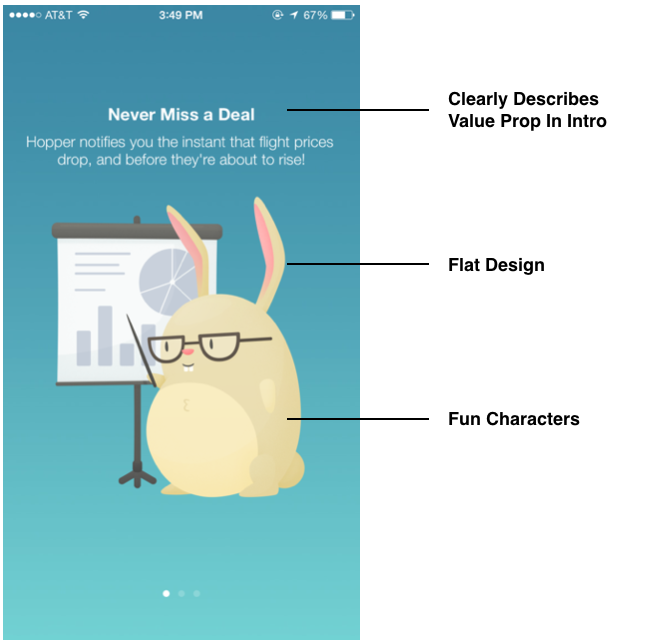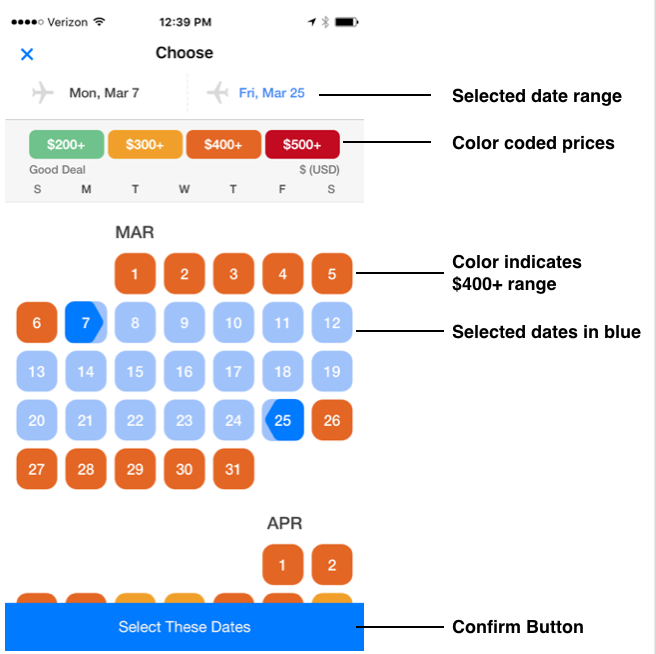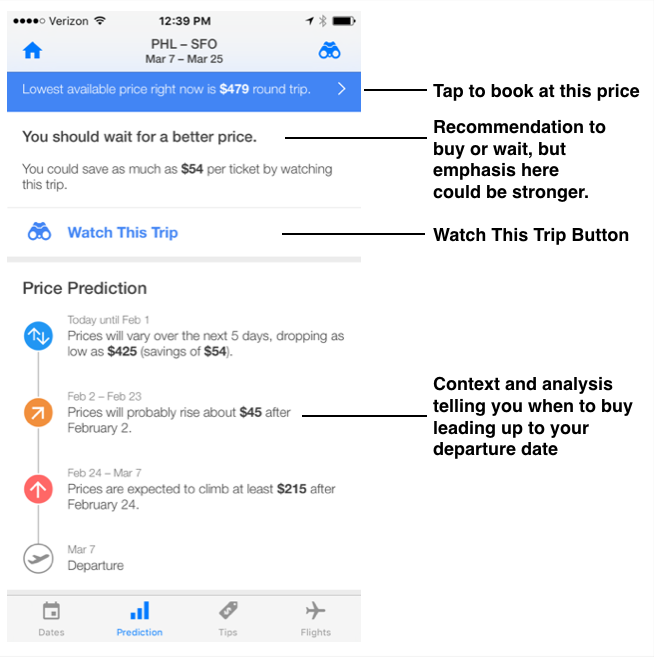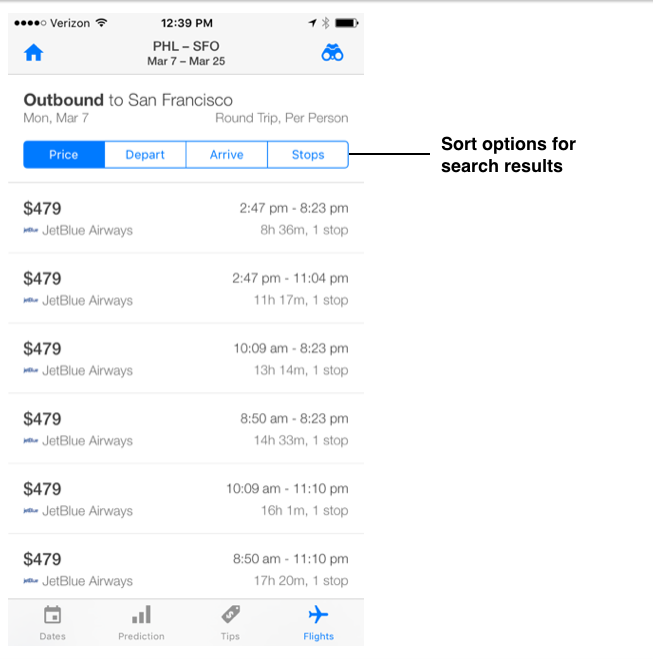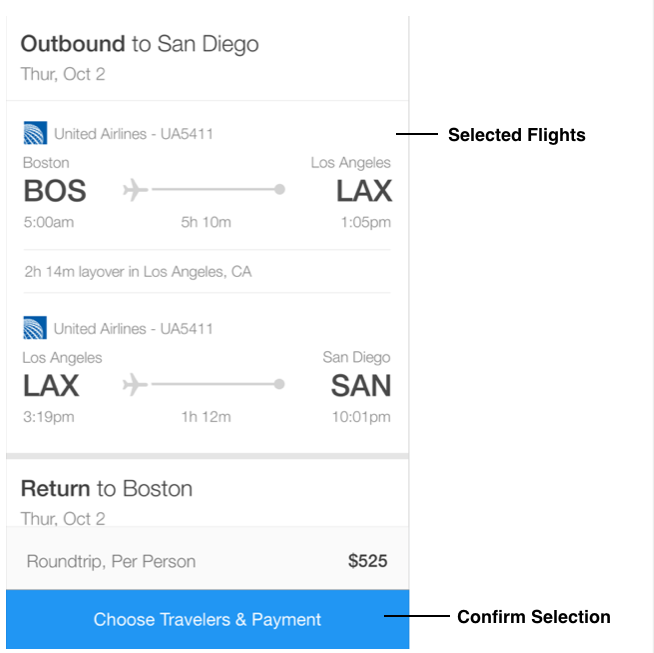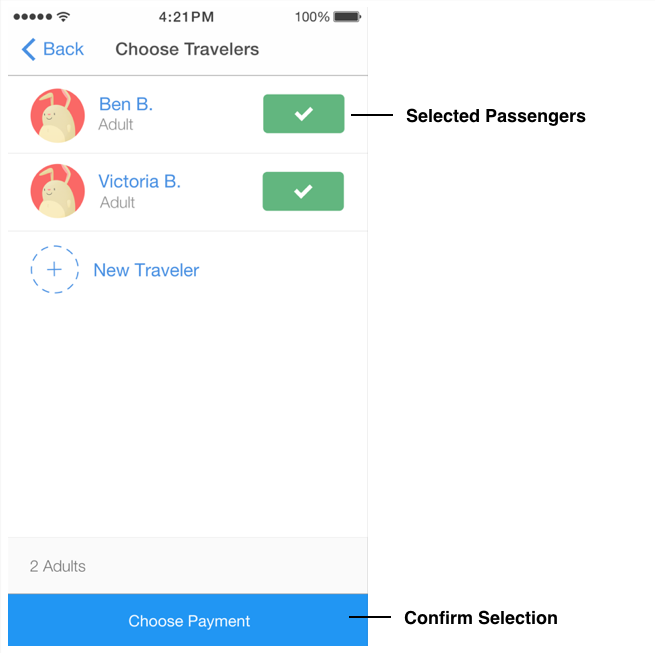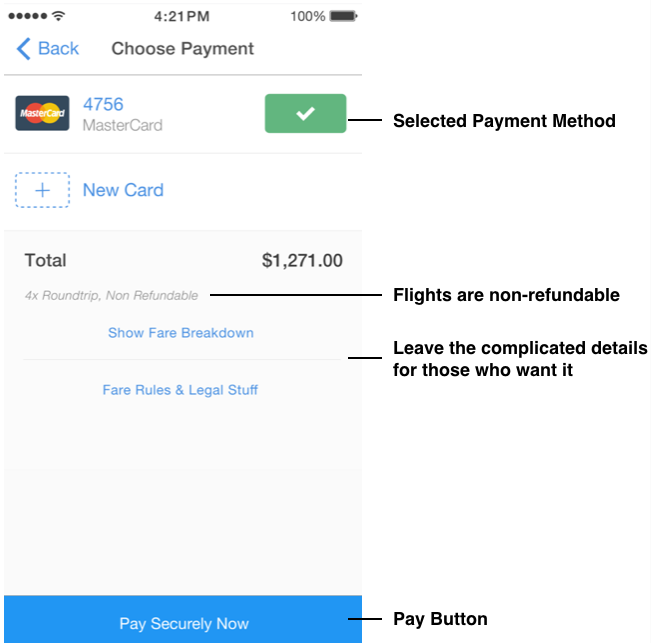My First Immersive Experience
I remember the first time I set foot into an immersive production like it was yesterday. It was a cold Boston evening in April 2010. My junior year film class at Harvard had sponsored our tickets to attend Sleep No More, a show I had never heard of but already had a cult following in London. We arrived at an old abandoned school in the Brookline neighborhood, met a bouncer who checked out tickets, and ushered us in. Immediately, we were plunged into complete darkness.
Since this was the first time any of us had attended a show of this nature, we didn't know what to expect. The sudden pitch black and winding hallways sent a chill through my spine and helped with the suspension of disbelief. Who was to know what would come around the next corner?
After a few shrieks despite nothing happening except jumpy nerves, we finally entered what appeared to be a speakeasy, which I later learned was called The Manderley, a sly reference to Daphne Du Maurier and Hitchcock's gothic thriller, a hint to what would come once we entered the production. All the staff were already in character. One of these characters, later I would learn is called Man in Bar, ushered us towards the entrance, an old elevator. As we walked in, we were given the iconic white ghost-like masks which we were to never take off and told that "Fortune favors the bold"—all very oblique if you ask me. They took us to the top, and the door creaked open. The elevator operator gestured for me to exit first. I did and his hand immediately shot out with a thud, preventing any others from exiting with me. The door shut more quickly than it had opened. I was all alone on the dimly lit abandoned floor.
Still unsure what would happen, given the eerie and vague introduction, I ventured forward. The hallway was wide, flanked by lockers with doors to empty classrooms in between—except the furniture in the classrooms had been removed in some cases and replaced with antique-like furniture. I wandered into a room with trees. The music was haunting. There was no one around. I wandered for most of this first performance, examining rooms and the stunning set design. I barely saw any actors, except for two dancing acrobatically with a wooden door down a staircase, and watching a woman writhe around her glass bedroom.
Despite not really getting it the first time and not seeing a complete story, I felt transported to a different world with memories that haunted me (in a good way) for quite some time. It was like I had visited Disneyland and went on one of those rides with animatronics, except I was free to roam where I pleased, could interact with the set, and the characters around me were "real" and could interact with me. I wanted to go back, but the show was sold out and wrapped before I could attend again.
Nearly two years later, it bowed in New York at the McKittrick Hotel in West Chelsea. I knew I had to see it again, so I went back in December 2011 and saw it 30 times after that, started blogging about the show, and attended most of the special events at the space before the rooftop bar Gallow Green and the restaurant The Heath were fully constructed.
A publicity still from Third Rail Productions' Then She Fell, a reimagining of Alice in Wonderland.
Immersive Shows Are Still Fringe
I am not the only one who got pulled into the show and its mystique. In the corners of the Internet, there is a whole group of people, called "Superfans" who blog about the show and some have seen it far more times than I have (think hundreds). Even celebrities have gotten in on the Sleep No More craze. A-list Actors and Actresses like Emma Stone, Dita Von Tesse, Pink, among others, have attended the show and raved about it. So why are shows like Sleep No More still considered fringe arts and theater?
The NYC instance of Sleep No More is said to generate anywhere from $3M - $5M in ARR after after 7 years in its Chelsea location. Over 40% of the revenue actually comes from non-Sleep No More activities in the surrounding McKittrick Hotel. Emursive has done a great job of building additional revenue streams to support the hefty production. The rooftop bar, Gallow Green operates in all seasons driving higher utilization than other rooftop bars in NYC. The Heath offers a fine dining experience that continues to drive the brand of Sleep No More, transforms into a bar with guest performances after dining hours, and also serves as a performance space for other shows like The Strange Undoing of Prudencia Hart. On holidays, the entire set transforms into sell-out, immersive parties with guest stars, special immersive performances, and of course additional bars. Because of the brand and the reputation of these parties, guests are willing to pay upwards of $150-$200 for a ticket to a night to remember. There is clearly a market for these types of immersive spaces. Why else would Sleep No More and other shows like to be consistently sold out?
Last year, we saw Westworld debut on HBO to rave reviews. In the second half of 2017, we saw investment in Entertainment VR increase by nearly 79%, making the total amount invested $2.3B higher than in any previous year, according to the VR Fund. Although the applications of VR and AR are much broader and wider than immersive theater, there has been some investment in the something similar called The Void, an immersive game in which users put on a haptic pack, traverse a course, and wear VR goggles to transport them to a different world. The roots of The Void are in gaming and something similar to immersive theater, where users are looking for an opportunity to be transported to a different world and interact with it. Still, for those who want to create immersive experiences now, finding funding is immensely difficult.
The Future of Entertainment
Did you see Ready Player 1 this past spring? That is the future that so many people are building towards. Imagine wearing a haptic suit that lets you feel the temperature, the pain, the texture of whatever it is you're experiencing. Imagine a multi-directional treadmill that lets you travel in place while you're in this world. Imagine stunning graphics, the ability to travel anywhere in an instant, the ability to change the appearance of your avatar. Just like in Ready Player 1, who would ever want to leave?
I expect it will be another 10 years before the computing power and the hardware are where it needs to be in order for every household to have a headset, a computer, a multi-directional treadmill and for developers to create the immersive world that we so crave.
In the meantime, I can only hope that more investors will believe in the value of immersive theater in the short term and more creative directors will write, cast, and set design with care so that we can have more productions like Sleep No More to blow our minds. After all, that's all we can hope for until technology catches up to what we can dream up.







